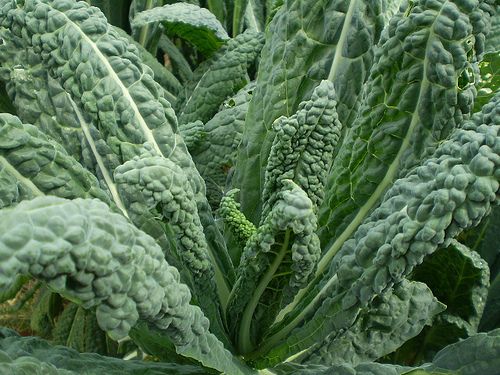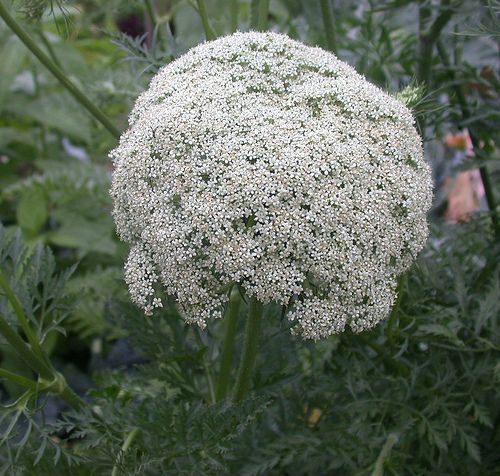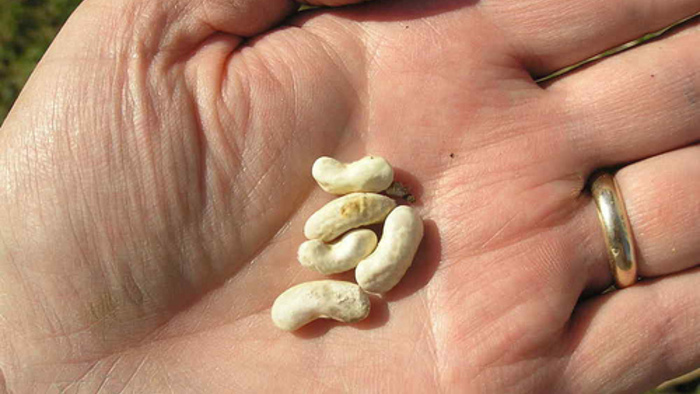
Growing open-pollinated and heirloom vegetables in the home garden is becoming more popular every year. Aside from their fabulous flavor, and unique characteristics, one of the reasons open-pollinated and heirloom vegetables are so desirable is that the seeds can be saved from year to year with the assurance that the plants will breed true to the original parent plant. This is only possible, though, if the variety you’d like to collect seed from doesn’t cross-pollinate with another variety.
Of course, if the seeds from cross-pollinated plants are grown you’ll still get vegetables. But you can’t be sure what exactly the new plants will produce. Barrier techniques such as bagging and caging are excellent options for gardeners interested in keeping seeds from their open-pollinated vegetables.
One Way to Use the Caging Technique
Caging is a technique widely practiced by seed-savers everywhere and is an effective way to keep seed pure from insect-pollinated vegetable plants. A rectangular or square cage is made with a wooden frame or lightweight plastic. Next, window screen or cloth is stretched over the frame and secured to the frame. Optimally, you want the screen or cloth long enough so that about a foot of it can be buried into the ground. This prevents penetration by determined insects and ground-dwelling bees.
Caging can be used in a couple of different ways to prevent cross-pollination. The first is to alternate which plants are caged on which day. For instance, let’s say that you’ve planted kale and cauliflower and you’d like to save seed for both plants. These vegetables will cross-pollinate without any hesitation.
So, when the blossoms are visible on your kale, you would cover it with a cage from morning until night. Remember that ideally, you’d like to cover several of these plants. While the kale is covered, the cauliflower has all of the bees’ attention and become pollinated. Early next day, remove the cage from the kale and place it over the cauliflower plants.
Now the kale has a chance to become pollinated, and the cauliflower remains isolated. Continue this routine up to the point to where the plants have stopped flowering. If you really wan to be assured seed purity, after the blossoms have disappeared it’s a good idea to cage both types of plants all the way until the seeds have begun to dry.
It’s possible to use a “bare cage” in which the netting is simply placed over the top of the structure (and not secured) as long as you make sure that the material is long enough to allow rocks or boards hold the ends down. Once again, this will make it hard for insects to get inside. I should also mention that caging may reduce the amount of fruit that’s produced on the plant.
Another Way to Use Caging
This method is done by placing the cage over your plant and introduce the necessary pollinators (such as bees) to live in the cage for a while. This is often done to prevent carrots from crossing with Queen Anne’s Lace.
Caging works just as well for self-pollinating vegetables too. Vegetables such as tomatoes and peppers are referred to as “self-pollinating”, and it’s true that cross-pollination doesn’t happen as often with these veggies because the have what’s called “perfect” flower. In other words, the flowers contain both the male and female parts.
These types of flowers have typically pollinated themselves before they even open. That said, it’s quite possible for insects to interfere by spreading the pollen from one tomato to pepper to another. Depending on who you talk to, there are gardeners that claim this happens all the time — so self-pollinating veggies aren’t foolproof.
Simply set the cage over these plants the moment you see flowers (before they’re even open). This way the plants have the opportunity to pollinate themselves without interference. Physical barriers aren’t the only way to be sure that you collect pure seed from open-pollinated or heirloom varieties, but it’s one of the easiest.



















Comments
Log in or create an account to post a comment.
Sign up Log in